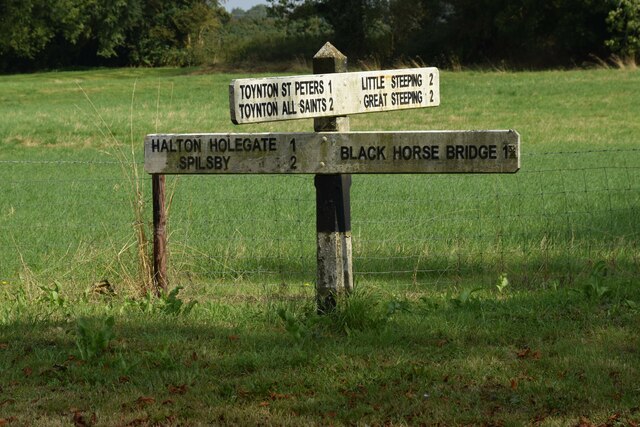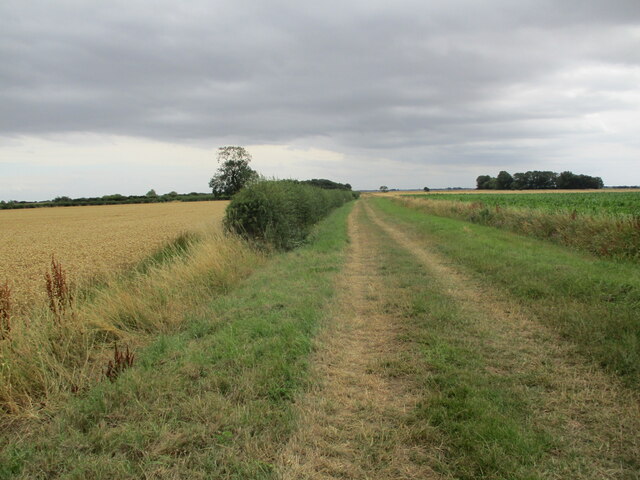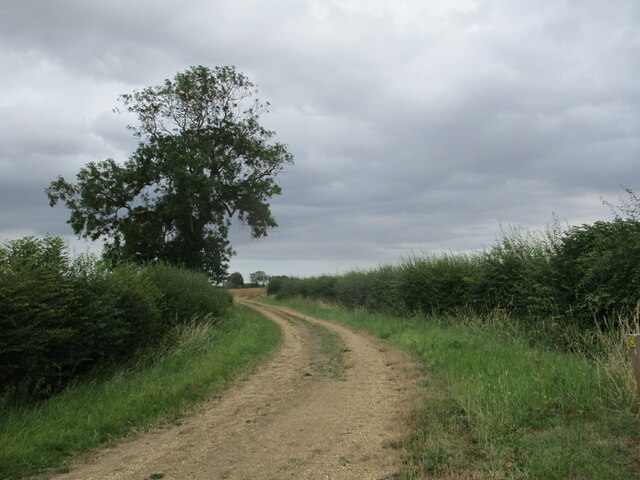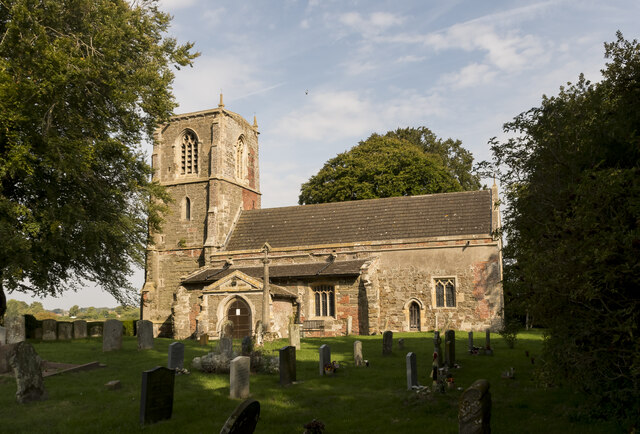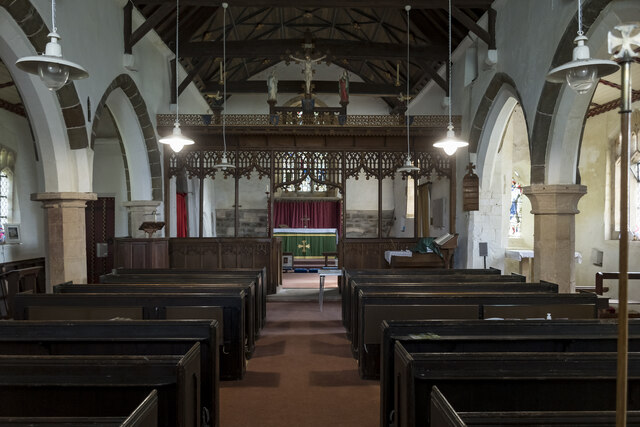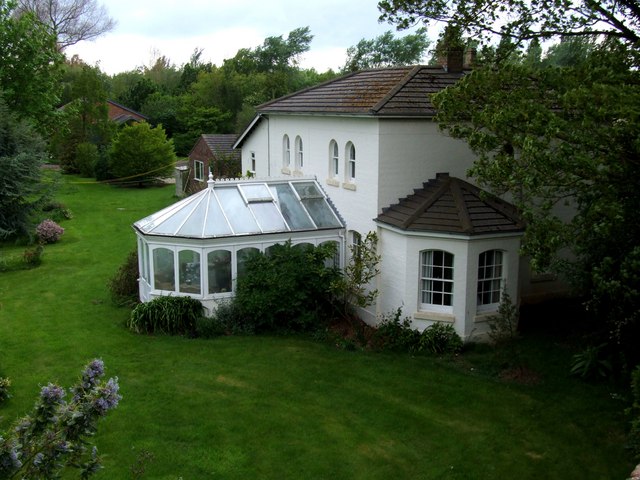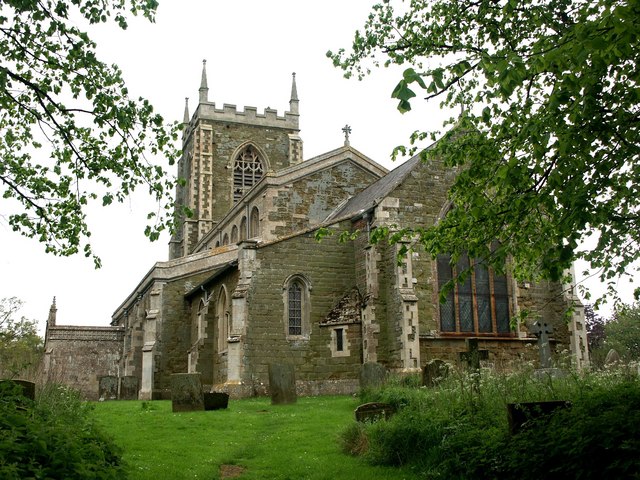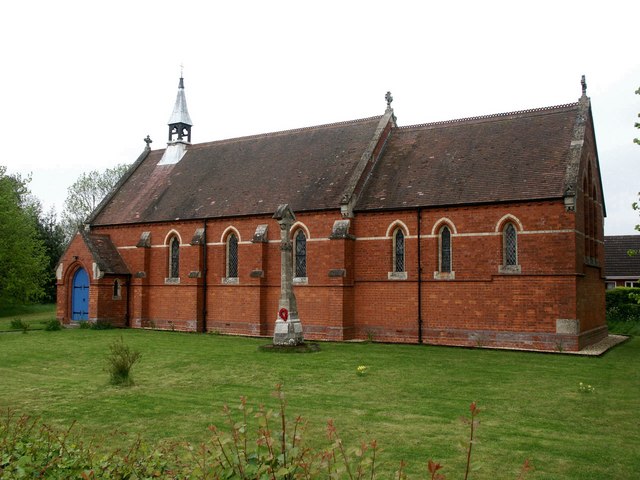Halton Holegate
Civil Parish in Lincolnshire East Lindsey
England
Halton Holegate
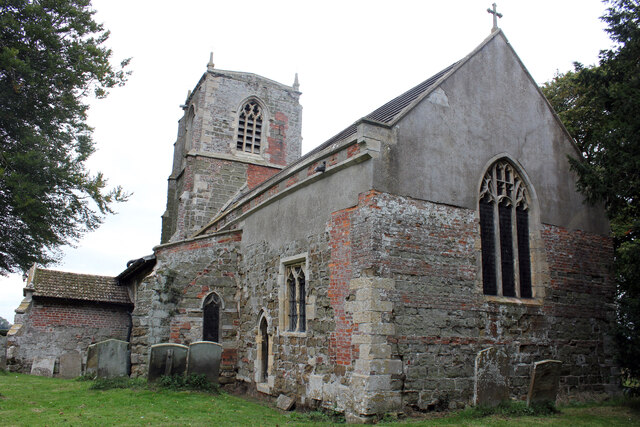
Halton Holegate is a civil parish located in the county of Lincolnshire, England. Situated in the East Lindsey district, the parish covers an area of approximately 9 square kilometers and is home to a small population of around 500 inhabitants.
The village of Halton Holegate is the main settlement within the parish. It is a rural community characterized by its picturesque countryside, rolling hills, and open fields. The village itself has a charming and peaceful atmosphere, with a mix of traditional stone cottages and more modern residential properties.
The community is served by a few local amenities, including a village hall that hosts various social events and gatherings. There is also a small primary school, providing education for local children.
Agriculture plays a significant role in the local economy, with many residents involved in farming and related industries. The surrounding fields are often used for the cultivation of crops and rearing of livestock.
Halton Holegate is well-connected to nearby towns and villages via road networks, making it easily accessible for commuters and visitors alike. It is located approximately 7 miles south of the market town of Spilsby and around 10 miles north of the coastal town of Skegness.
Overall, Halton Holegate offers a peaceful and idyllic setting for those seeking a rural lifestyle, with its beautiful countryside, close-knit community, and convenient location within Lincolnshire.
If you have any feedback on the listing, please let us know in the comments section below.
Halton Holegate Images
Images are sourced within 2km of 53.151614/0.121733 or Grid Reference TF4163. Thanks to Geograph Open Source API. All images are credited.

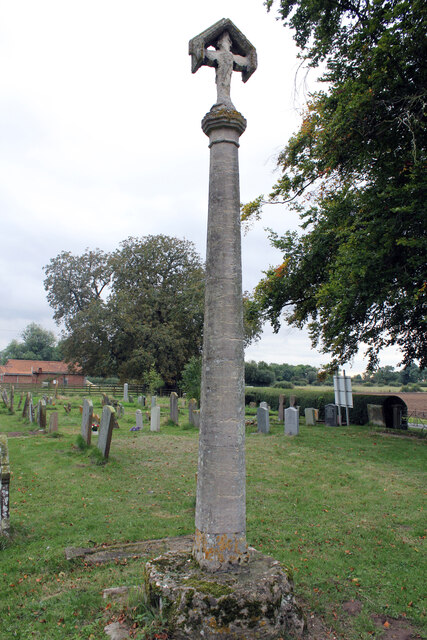


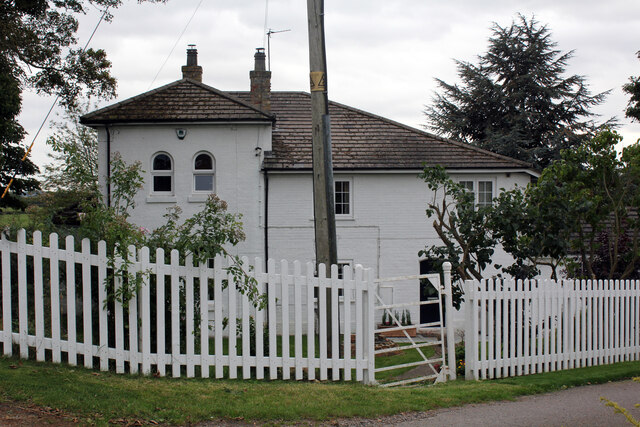
Halton Holegate is located at Grid Ref: TF4163 (Lat: 53.151614, Lng: 0.121733)
Administrative County: Lincolnshire
District: East Lindsey
Police Authority: Lincolnshire
What 3 Words
///croaking.offerings.artichoke. Near Spilsby, Lincolnshire
Nearby Locations
Related Wikis
Halton Holegate railway station
Halton Holegate Railway Station is a former station in Halton Holegate, Lincolnshire. It was on a short branch from Firsby to Spilsby. == History of... ==
Old All Saints Church, Great Steeping
Old All Saints Church is a redundant Anglican church in the village of Great Steeping, Lincolnshire, England. It is recorded in the National Heritage...
Toynton St Peter
Toynton St Peter is a village and civil parish in the East Lindsey district of Lincolnshire, England, approximately 2 miles (3 km) south from the town...
Halton Holegate
Halton Holegate is a small village in the East Lindsey district of Lincolnshire, England. It is situated 1 mile (1.6 km) east from Spilsby. The village...
Little Steeping
Little Steeping is a village and civil parish in the East Lindsey district of Lincolnshire, England, about 3 miles (5 km) south-east from the town of Spilsby...
Great Steeping
Great Steeping is a village and civil parish in the East Lindsey district of Lincolnshire, England. It is situated approximately 3 miles (5 km) from Spilsby...
Spilsby Rural District
Spilsby was a rural district in Lincolnshire, parts of Lindsey from 1894 to 1974. It was created by the Local Government Act 1894 from the Spilsby rural...
Spilsby railway station
Spilsby railway station was a railway station in the market town of Spilsby, Lincolnshire, England. The station stood on a four mile long branch line between...
Nearby Amenities
Located within 500m of 53.151614,0.121733Have you been to Halton Holegate?
Leave your review of Halton Holegate below (or comments, questions and feedback).

